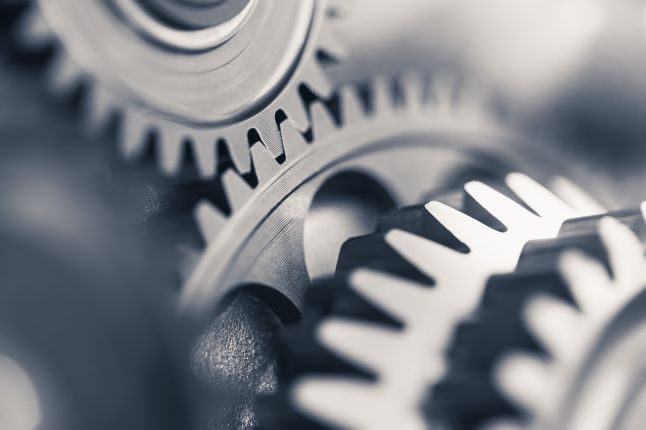- National Metrology Laboratory >
- Calibration Services >
- Time and Frequency >
- Leap Second
- The countdown to 2017 will be exactly one second longer than usual
- A leap second is being added just before midnight on December 31st to compensate for the slight slowing of the Earth’s rotation
- The extra second is added mainly to keep our increasingly electronic world in sync.
Listen to David Fleming, Metrologist at NSAI’s National Metrology Laboratory in Dublin explain:
- Why do we have leap seconds?
- Will there be any impact on clocks?
- How does technology cope with the leap second?
2016 will be exactly one second longer than expected, meaning revelers will get to celebrate New Year’s Eve just a tiny bit longer.
Official clocks will hit 23:59:59 as usual, but then they'll say 23:59:60, before rolling over into 2017. This is known as a ‘leap second’ and timekeepers slip them in periodically to keep our clocks in sync with the Earth’s rotation. The laboratory with responsibility for maintaining the equipment to measure time interval (or frequency) in Ireland is the NSAI’s National Metrology Laboratory.
Leap seconds are added every so often because it takes Earth a bit longer than exactly 24 hours to complete a full rotation — 86,400.002 seconds rather than 86,400.000 seconds. So in order to keep our clocks matched up with solar noon, when the sun is highest in the sky, a leap second gets added every few years.
Leap seconds have been added 26 times since 1972. This year’s leap second will be the 27th one. They’re inserted at the end of the last day of either June or December. This extra second is added to atomic clocks in various Metrology Institutes around the world, which when averaged together give us Coordinated Universal Time (UTC). The extra second is added mainly to keep our increasingly electronic world in sync. The last leap second was added on June 30th 2015, and the one before that was June 30th 2012.
The 2012 leap second also led to 400 flight delays in Australia, forcing airport workers to conduct check-ins by hand rather than using computers. However, technical glitches related to leap seconds are relatively isolated. Most computer systems are now better prepared. For example in 2015, the search giant Google prepared for the leap second using a technique it called "leap smear," where it gradually added milliseconds to its system clocks prior to the official arrival of the leap second. Google stated that the servers were able to continue as normal, unaware that a leap second had just occurred.
Why do we need a leap second?
Leap seconds were introduced to keep our notion of time in line with an ongoing slowdown in the Earth’s rotation, caused by volcanoes, earthquakes and other natural phenomena.
While that slowing rotation is extraordinarily gradual, over long periods it adds up to notable chunks of time. In 1967, most countries switched over to Coordinated Universal Time (UTC), the international timescale maintained by a laboratory in Paris (BIPM). This time scale is based on approximately 400 atomic clocks based in 70 Metrology Institutes around the globe.
The switch to UTC created a problem. This new standard defined the second in terms of the extremely predictable and stable atomic transition of the caesium atom, not 1/86,400 of a day. Since the average length of a day has generally been getting longer over many years due to the Earth’s slowing rotation, a discrepancy has formed between solar time and official time (UTC).
The difference is very small, amounting to less than a second per year. But if we didn't start using leap seconds to account for it, the two clocks would now be nearly 30 seconds apart. Eventually, over centuries, this could lead to the sun reaching the highest point in the sky minutes after official noon — and over millennia, the gap could become hours long.
As a solution, world timekeepers, across the many global agencies that manage UTC, add a leap second whenever the difference between the two clocks threatens to exceed 0.9 seconds. They determine when to do this based on the observations of astronomers who carefully measure the Earth's rotational speed by looking at distant quasars in the sky.
The official rules dictate that leap seconds can be inserted up to twice a year (on June 30 and December 31), always at 23:59:60 UTC. The timekeepers can also subtract a second, but that has never been necessary so far, as the Earth's days have generally been longer than 86,400 seconds, not shorter.
What should I do with my clocks?
You don't have to do anything. Devices that set their times automatically — like phones and computers — will adjust on their own. And you really don't have to worry about your other clocks, because a one-second difference between their time and official time is probably too small for you to notice.
So all you have to do is enjoy that extra time celebrating New Year’s Eve.
